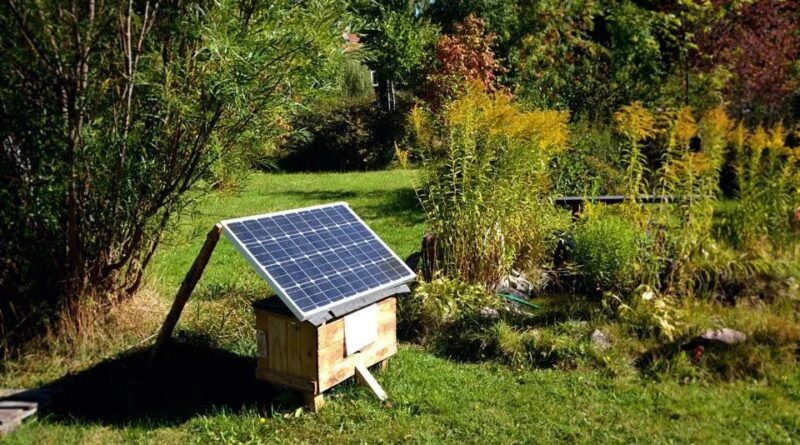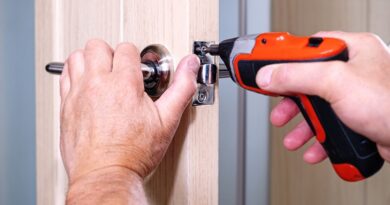Off-Grid Solar Solutions: How to Build a Reliable System
With advancements in renewable energy technology, more people are exploring off-grid solar solutions for their energy needs. Going off-grid with your solar energy system means becoming self-sufficient in power. It involves creating an independent system that generates, stores, and uses solar energy without relying on the traditional electric grid. One of the key advantages is the potential for energy autonomy, greatly reducing reliance on utility companies. This article guides you on how to build a reliable off-grid solar system, with specific focus on the role of the solar inverter in the setup.
Introduction
An off-grid solar system, also known as stand-alone power system (SAPS), comprises solar panels, a solar inverter, a charge controller, and a battery bank. The system captures and converts sunlight into electricity, stores it, and uses it to power your home or establishment—day or night, rain or shine. It’s an intricate yet feasible setup, enabling you to enjoy reliable, clean power wherever you are.
Solar Panels
The heart of your off-grid solar system is the solar panels. They harvest sunlight and convert it into direct current (DC) power. The size, type, and number of panels you need depend on your energy needs and the amount of sunlight available in your area. You can conduct a simple energy audit of your home to assess your energy consumption and accordingly determine the size of the solar array needed.
Solar Inverter
Arguably the most critical component, the solar inverter turns DC power produced by the solar panels into alternating current (AC) power that can be used by appliances in your home. Two types of inverters are typically used in off-grid systems: pure sine wave and modified sine wave. Pure sine wave inverters are more efficient and compatible with most appliances, whereas modified sine wave inverters are less expensive but less energy-efficient.
For a reliable system, invest in a high-quality, durable solar inverter designed to withstand varying weather conditions and power surges. Moreover, ensure the inverter’s capacity aligns with your energy needs—too small an inverter might not handle your energy load, while too big an inverter could unnecessarily increase your initial setup cost.
Charge Controller
The charge controller, also known as a solar regulator, manages the flow of energy between the solar panels and the battery bank. It prevents your batteries from overcharging during the day and stops the batteries from discharging back through the solar system at night. With effective charge control, you can significantly prevent battery damage and prolong the lifespan of your power storage system.
Battery Bank
The battery bank stores the energy produced by your solar panels for use when needed, particularly at night or during power outages. Deep-cycle batteries, flooded lead-acid batteries, and lithium-ion batteries are commonly used options, each suitable to different needs and budgets. Selecting a battery involves considerations about your energy needs, cost, maintenance, and lifespan.
The size of your battery bank will depend on the amount of stored energy you’ll need during periods of low sun exposure. Accurately sizing your battery storage can notably enhance the reliability of your off-grid solar system.
Installation and Safety Measures
Once you’ve gathered all the necessary components, the next step is installation. While you might follow a DIY approach, hiring a professional installer is often the safest bet to ensure proper connection, working, and safety measures. They can address vital factors like optimal panel placement, secure wiring, optimal tilt angles, and safe battery storage.
It’s critical to keep in mind that all electrical equipment—including your off-grid solar system—should come with certain safety measures. Ensure you have appropriate circuit breakers and fuses for safety against potential electrical faults. Also, have your system properly grounded to avoid electrical shocks.
Regular Maintenance
A well-maintained off-grid solar system can offer reliable service for many years. Regular cleaning of solar panels, periodic check-ups of batteries, and continuous monitoring of the solar inverter’s function can ensure the longevity and dependable performance of your system.
Conclusion
Building a reliable off-grid solar system might seem like a daunting task, but with good understanding and accurate planning, it’s an achievable goal. The essence of success lies in selecting quality components that match your energy needs and maintaining them over time. Remember, the goal is endurance and reliability, and nothing delivers that better than well-sized, high-quality solar panels, a sturdy solar inverter, an effective charge controller, and a sufficient battery bank. With these components working in sync, energy independence is within your reach, offering you the satisfaction of living comfortably off the grid using the power of the sun.




